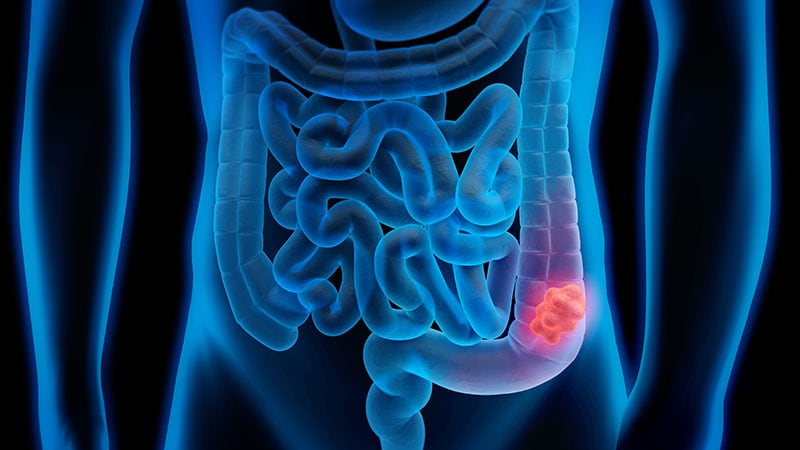These are the latest UK coronavirus stories you need to know.
Plans to Allow More Healthcare Workers to Administer a Vaccine
Newmeasureswere announced by the Government to allow a UK-wide rollout of any new COVID-19 vaccine if one became available before the end of the transition period for the UK leaving the European Union at the end of the year.
The regulations would permit the Medicines and Healthcare products Regulatory Agency (MHRA) to consider giving temporary authorisation allowing patients to receive a vaccine pending a full licensing process.
It could also sanction a wider range of health professionals to administer a vaccine should one become available earlier than expected.
The Department of Health and Social Care (DHSC) said that the measures included:
- Reinforced safeguards to support the MHRA to grant temporary authorisation for the use of a new COVID-19 vaccine ‒ provided it meets the highest safety and quality standards
- Expanding the trained workforce who can administer COVID-19 andfluvaccines to improve access and protect the public
- Clarifying the scope of the protection from civil liability for the additional workforce that could be allowed to administer vaccinations
During the current transition period, any COVID-19 vaccine must be granted a licence by the European Medicines Agency. From 2021, the MHRA will be responsible for granting licences for potential COVID-19 vaccines and treatments.
A 3-weekconsultationwas launched on Friday to consider amending the Human Medicine Regulations 2012 ahead of winter.
Proposals would also allow more trained healthcare professionals to administer vaccines under NHS and local authority occupational health schemes, as well as enable an expanded workforce that can administer vaccinations to the public.
The consultation would also seek to clarify the scope of the protection from civil liability, which the regulations already give to healthcare workers and manufacturers, to make it clear that protection also applies to the company placing an unlicensed medicine such as a vaccine on the market with the approval of the licensing authority, the DHSC said.
Children 'Less Severely Affected by COVID-19'
The vast majority of COVID-19 cases in children are mild or asymptomatic, with few recorded childhood fatalities attributed to the disease, new research concluded.
AstudyinThe BMJconfirmed that people under 19 years of age have less severe coronavirus than adults.
However, the findings also showed that children of black ethnicity, those who wereobese, and very young children were disproportionately severely affected by the SARS-CoV-2 virus.
Children and young people comprise only 1% to 2% of cases of COVID-19 worldwide. In contrast to other respiratory viruses, children seem to have a lower risk of infection than adults.
This small proportion of cases has meant there is less information on ethnicity, comorbidities, and outcomes for children with COVID-19 than in adults.
Doctors and scientists inISARIC 4C(International Severe Acute Respiratory and Emerging Infection Consortium) analysed data from 651 children and young people with laboratory-confirmed SARS-CoV-2 infection who were admitted to 138 British hospitals between 17 January and 3 July 2020.
The main outcome measures were admission to high dependency or intensive care, in-hospital mortality, or meeting the World Health Organisation (WHO)preliminary case definitionfor multisystem inflammatory syndrome in children (MIS-C).
The median age of patients in the study was 4.6 years, 35% were under 12 months old, 56% were male, and 57% were white.
Most of the children (58%) had no known comorbidities.
Overall, only 1% of the cohort died in hospital, all of whom had profound comorbidities.
The authors said this was a "strikingly low" figure compared with a 27% mortality rate across all age groups during the same period.
Eleven per cent of children met the WHO definition for MIS-C, otherwise known as paediatric multisystem inflammatory syndrome (PIMS), with the first patient developing symptoms in mid-March. Children meeting MIS-C criteria were older, with a median age of 10.7, and more likely to be of non-white ethnicity.
These children were also five times more likely to be admitted to critical care and, in addition to WHO criteria for MIS-C, to show symptoms such as fatigue,headache, muscle pain, sore throat, and lymphadenopathy, and to have a low blood platelet count.
The researchers caution that they carried out an observational study and were therefore unable to establish cause and effect.
Dr Liz Whittaker, infectious disease lead at the Royal College of Paediatrics and Child Health, described the study as "reassuring" and said that although not comprehensive, "the data are very reflective of clinicians' experience nationally".
Deaths from COVID-19
There were 51,831 deaths occurring in England and Wales between 1 March and 31 July 2020 that involved COVID-19,provisional figuresshowed.
The Office for National Statistics said the figure represented 20% of all deaths occurring over this period.
All English regions and Wales recorded an increase in age-standardised mortality rates involving COVID-19 between March and April 2020, followed by decreases in May, June, and July.
In July, only two areas recorded more than 20 deaths involving COVID-19. These were Leicester with 24 deaths (10.0 deaths per 100,000 population), and Ashford with 21 deaths (16.2 deaths per 100,000 population).
Coronavirus in the Community
There was some evidence of a small increase in the percentage of people in the community (private residential households, excluding care homes and other institutional settings) testing positive for COVID-19 in July in England and Wales following a low point in June.
However,the ONS saidthat the rise continued to level off.
It said that during the week 14 to 20 August, an estimated 1 in 1900 people in the community in England, and 1 in 2800 people in Wales had the coronavirus.
Ruth Studley, head of analysis for the COVID-19 infection survey, said: "For another week we have seen that the total level of infections has remained relatively unchanged and within the credible intervals we have published for our estimates.
"Our estimate for the number of new infections a day appears slightly lower than the estimate we published last week but we don't have enough evidence at this point to say that the trend is anything other than level."
House Party Restrictions in Scotland
Newrestrictions on social gatheringscame into force on Friday in Scotland making it an offence to breach coronavirus guidance by having a large house party indoors.
First Minister Nicola Sturgeon said the move, to be reviewed every 3 weeks, was necessary to ensure socialising can continue in a safe and responsible manner ahead of an expected rise in indoor gatherings during the autumn and winter.
Ms Sturgeon said: "I want to make it very clear – particularly to young people – that this is not about stopping you having fun but enabling you to have fun safely."


